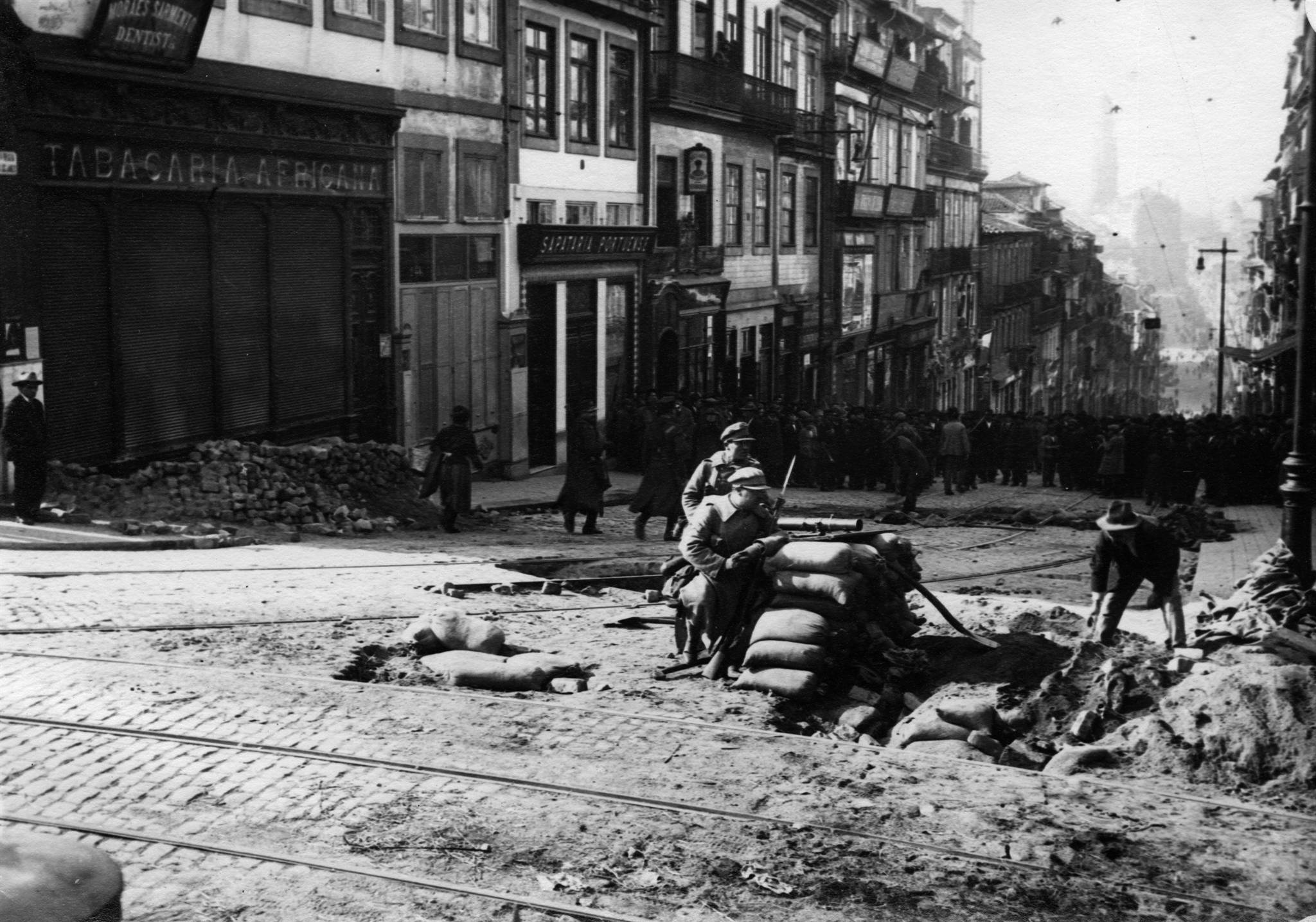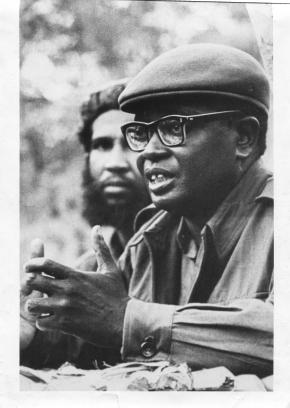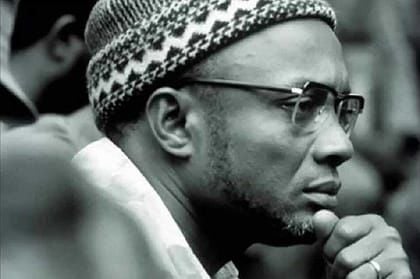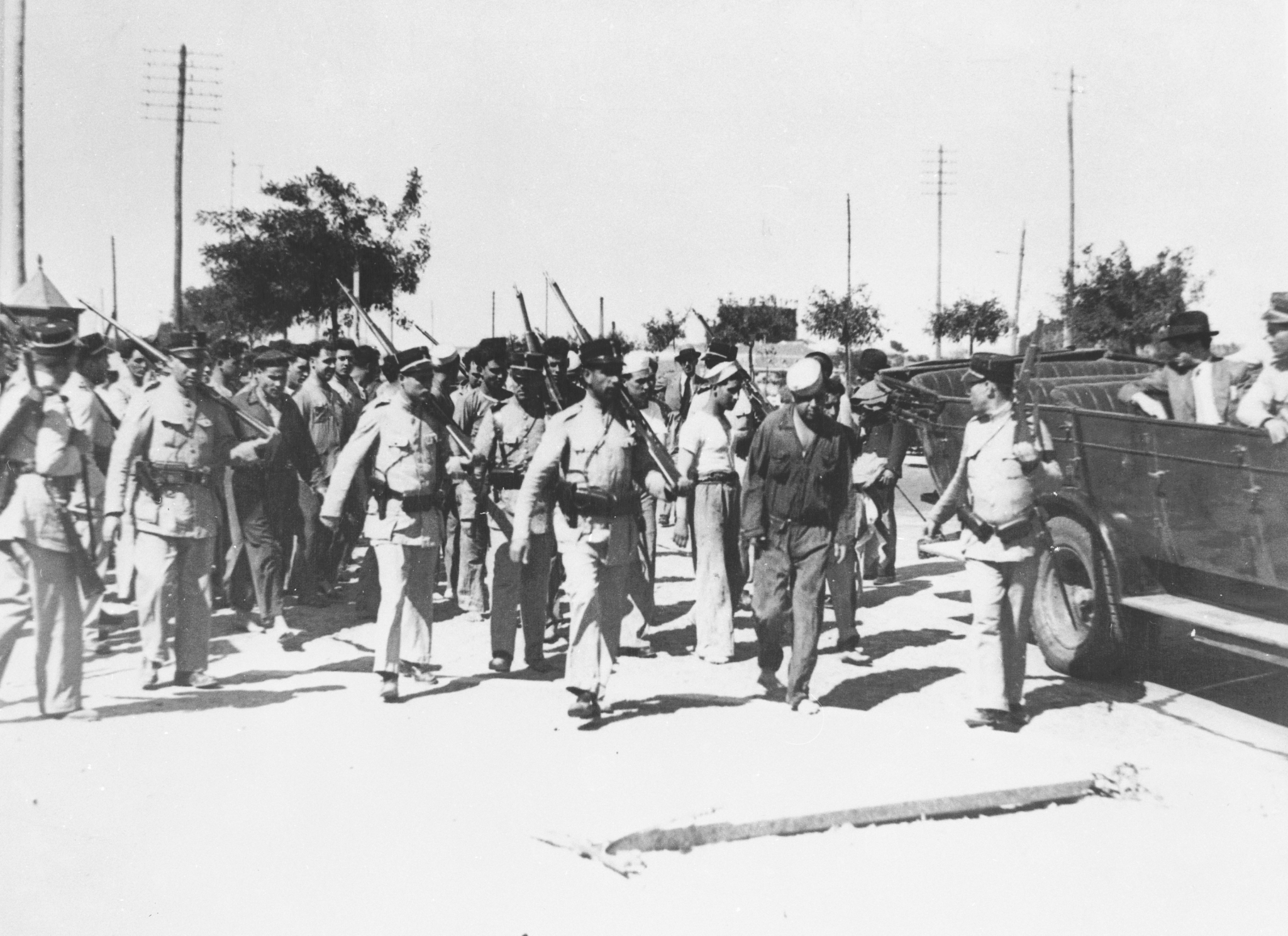Uprising of February 1927
Between 1926 and 1933, Portugal experienced a situation of “intermittent civil war” and a front composed of democrats and radicals, linked to the so-called Reviralho, kept alive the fight against the Military Dictatorship. There were about 10 uprisings and intentones, some of them of great dimension, such as the February 1927 Uprising. The idea was that it would happen simultaneously in various parts of the country. But this will not happen, due to a lack of coordination and difficulties in communications.
The uprising began in Porto, on the 3rd, under the leadership of military and civilians, figures such as Sousa Dias, Jaime de Morais, Jaime Cortesão or José Domingos dos Santos. At dawn, the troops from the barracks of the Regimento de Caçadores 9, joined by a company from the Republican Guard and other regiments from the city and its surroundings, leave for the Batalha area, where were the headquarters of the Headquarters, of the Civil Government and the most important station of the telegraph. Among the points occupied are Rua 31 de Janeiro, the confluence of the streets of Cima de Vila and Madeira or the corner of the Hospital do Ordem do Terço building. Meanwhile, forces loyal to the regime were preparing to lay siege to the rebels, under the leadership of the Minister of War, Passos e Sousa, and of Colonel João Carlos Craveiro Lopes.
The uprising began in Porto, on the 3rd, under the leadership of military and civilians, figures such as Sousa Dias, Jaime de Morais, Jaime Cortesão or José Domingos dos Santos. At dawn, the troops from the barracks of the Regimento de Caçadores 9, joined by a company from the Republican Guard and other regiments from the city and its surroundings, leave for the Batalha area, where were the headquarters of the Headquarters, of the Civil Government and the most important station of the telegraph. Among the points occupied are Rua 31 de Janeiro, the confluence of the streets of Cima de Vila and Madeira or the corner of the Hospital do Ordem do Terço building. Meanwhile, forces loyal to the regime were preparing to lay siege to the rebels, under the leadership of the Minister of War, Passos e Sousa, and of Colonel João Carlos Craveiro Lopes.
The confrontation lasted for five days, until surrender, on the afternoon of February 7. However, it will be on this day that the revolt breaks out in Lisbon, under the command of men such as Mendes dos Reis and Agatão Lança, bringing together sailors, GNR companies, and members of the “Formiga Branca”, with barricades on Rua Alexandre Herculano, Largo do Rato, Rua de São Filipe Néry and occupation of strategic points, but also here without success in the face of the supremacy of government forces. The surrender will take place on the 9th, in the late afternoon.
Passos e Sousa will later say that the February Uprising had been “a regrettable, but perhaps providential, event”. He had allowed himself to see where the enemies were. The civil servants involved in these revolts will be dismissed; the army and GNR units that took part in them will be dissolved; hundreds of men will be arrested and deported, others shot, others will go into exile. It is in these circumstances that, in March 1927, political exiles will create the Paris League. But we will talk about this in due course.
Image: Conflicts in the streets of Santa Catarina and 31 de Janeiro; Ferreira da Cunha, REV000039, Municipal Archive of Lisbon. Original inscription: Porto – Here was the “trench of death…”. At the intersection of Stª. Catarina and 31 de Janeiro. The faithful troops occupy the positions just a few hours previously occupied by the insurgents while the people of the Chamber fix the sidewalk. (This photograph was taken at 11:30 am on the day the troops entered Porto)



